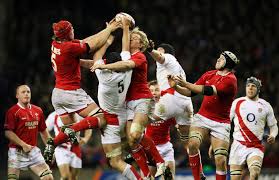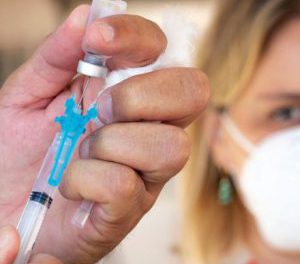For elite athletes in high-speed sports, crashes are not just an occupational hazard but a profound challenge that extends beyond physical injury. While bones and muscles may heal, the psychological toll often lingers, leaving many struggling to regain confidence and return to peak performance.
The Reality of High-Speed Crashes
This season in alpine skiing, few World Cup races have passed without a helicopter evacuation. American skier Mikaela Shiffrin suffered a perforated pelvis in a terrifying crash during a giant slalom in Vermont. Czech skier Tereza Nova was placed in an induced coma after a downhill training crash in Germany, while Frenchman Cyprien Sarrazin sustained a severe concussion in Italy.
The repercussions of such incidents extend far beyond broken bones. “When you crash at 130 kilometers an hour (81 mph), it leaves traces in your head,” admitted French skier Alexis Pinturault, a two-time world champion. His own career is now uncertain after suffering another severe knee injury this season.
Psychological Battle: The Fear Factor
Even after physical recovery, many athletes struggle with an invisible barrier—fear. Belgian cyclist Steff Cras narrowly avoided a fatal crash in the Tour of the Basque Country, suffering broken ribs, vertebrae, and a collapsed lung. Though he finished 16th in the Tour de France just months later, the psychological scars remained. “After another crash involving a spectator, I was mentally dead. I was afraid to ride in the peloton,” he confessed.
Sports psychologists emphasize the need for mental rehabilitation alongside physical healing. “Post-traumatic stress requires deep psychological work so that fear does not overshadow performance,” said French sports psychologist Cecilia Delage. Techniques such as hypnosis, vegetotherapy, and exposure therapy are used to help athletes overcome trauma and regain their competitive edge.
The Struggle to Return
Not all athletes successfully make a comeback. Olympic downhill champion Antoine Deneriaz never fully recovered from a crash in 2006, retiring soon after. French cyclist Pierre Latour, traumatized by a 2019 crash, has tried every form of mental therapy without success, likening his condition to “an alcoholic touching a drink.”
“For some, the fear becomes a fracture that never heals,” Delage explained. The psychological defense mechanisms some athletes develop can lead to subconscious self-sabotage, further complicating recovery.
Improving Safety in High-Risk Sports
While psychological support is essential, improving safety measures can help prevent such traumas. Inspired by motorsports, where advancements like the Halo device have saved lives, skiing and cycling organizations are exploring better protective gear and course designs to minimize risks.
“Fewer falls mean fewer injuries and less fear,” said rally driver Adrien Fourmaux, highlighting the importance of evolving safety protocols in extreme sports.
Conclusion
For many elite athletes, the road to recovery is as much a mental journey as a physical one. While some overcome their fears and return stronger, others find the scars too deep to heal. As sports science advances, there is hope that both mental and physical rehabilitation will continue to improve, allowing athletes to safely pursue the thrill of competition.
Disclaimer: This article is based on reported events and expert opinions. It does not constitute medical or psychological advice. Athletes experiencing post-traumatic stress or related issues should seek professional support.











